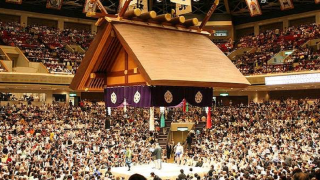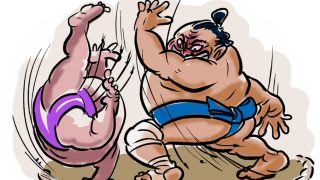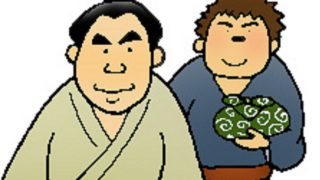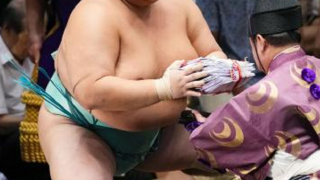 Trivia
Trivia What is Hasso Tobi? A Deep Dive into the Rare Sumo Technique Used by Only a Select Few
In the world of sumo, Hasso Tobi stands out as a symbol of elegance, risk, and samurai-like precision. Though nearly vanished from the modern ring, its essence captures the intellectual and cultural dimensions of the sport. This guide provides a clear explanation for beginners and non-Japanese readers, illuminating the story and structure behind this rare move.









